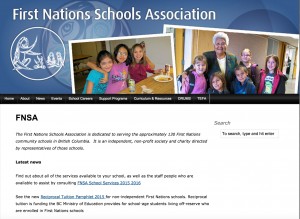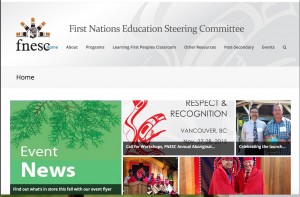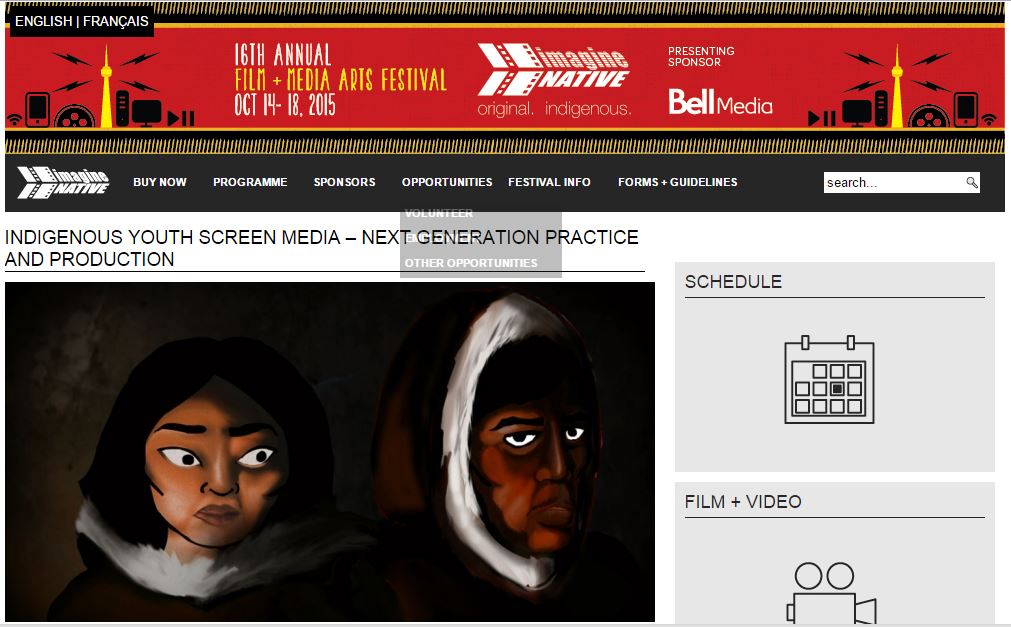The First Nations Schools Association is a committed organization representing all First Nations schools in British Columbia. The site includes published documents from the organization including action plans on Aboriginal language program planning, curriculum and resource planning, and archived cultural materials. They also have post-secondary materials available concerning career and education planning as well as helpful resources for parents of students in Aboriginal schools.
You can find links to their various programs, including “Connected Classrooms,” which uses the internet to provide online learning from specialty teachers in the province. Information and support is also available to educators who may be looking for training or materials.
This is an excellent site for anyone interested in researching indigenous knowledge transmission in BC Native schools and the integration of technology to provide specialty learning opportunities in small rural communities.




